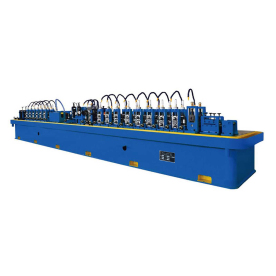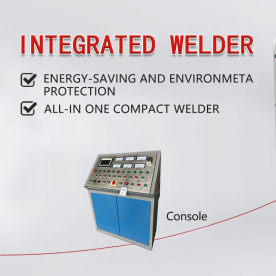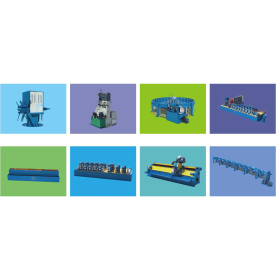[High-Speed Flying Saw Machine]Exploring the Innovative Technology Behind High-Speed Flying Saw Machines and Their Impact on Modern Manufacturing Processes
News 2024-8-6

Exploring the Innovative Technology Behind High-Speed Flying Saw Machines and Their Impact on Modern Manufacturing Processes
High-speed flying saw machines bring a new level of precision and speed to cutting operations. Unlike traditional sawing methods, which rely on fixed blades that operate at a relatively slow pace, flying saw machines utilize high-speed blades that can move rapidly across materials. The design of these machines allows for the saw to “fly” across the workpiece, resulting in exceptionally clean cuts with minimal waste. This technology has become particularly vital in industries where precision and efficiency are critical, such as metal fabrication, wood processing, and even the aerospace sector.
The core technology behind high-speed flying saw machines involves the integration of advanced robotics and high-velocity cutting techniques. Many of these machines are equipped with automated systems that enable them to adjust speed and cutting angles in real-time, ensuring that the material is cut according to specific requirements. This adaptability not only enhances the quality of the cut but also allows for greater flexibility in production processes. For instance, manufacturers can switch between different materials and thicknesses without the need for extensive manual adjustments, thus streamlining operations.

Exploring the Innovative Technology Behind High-Speed Flying Saw Machines and Their Impact on Modern Manufacturing Processes
The versatility of high-speed flying saw machines is another advantage that appeals to manufacturers across various sectors. These machines can effectively cut through a wide range of materials, including metals, plastics, and composites. This adaptability makes them ideal for producing components that require different strength and flexibility characteristics. For example, in the automotive industry, where lightweight, high-strength materials are essential, flying saw machines can efficiently create complex parts that fulfill stringent performance criteria.
In addition to their operational benefits, high-speed flying saw machines also contribute to more sustainable manufacturing practices. The precision cuts produced by these machines minimize material waste, allowing manufacturers to optimize their resource usage. In an era where environmental concerns are at the forefront of industrial operations, these machines represent a move towards more sustainable production methodologies. Furthermore, the reduction in finishing processes leads to less energy consumption, contributing further to a smaller carbon footprint.
Despite the numerous advantages associated with high-speed flying saw machines, it is crucial for manufacturers to invest in proper training for operators. The complexity of these machines and their high operational speeds necessitate skilled personnel who can ensure safe and efficient operations. Regular maintenance and servicing are also essential to maximize the lifespan and performance of the machinery.

Exploring the Innovative Technology Behind High-Speed Flying Saw Machines and Their Impact on Modern Manufacturing Processes
In conclusion, high-speed flying saw machines represent a significant leap forward in cutting technology, offering exceptional speed, precision, and versatility. Their capability to deliver clean cuts with minimal waste is transforming manufacturing processes across various industries. As technology advances and manufacturing demands evolve, high-speed flying saw machines are poised to play a critical role in shaping the future of production. By embracing these innovative solutions, manufacturers can not only enhance their operational efficiencies but also take significant steps towards sustainability in their practices.
